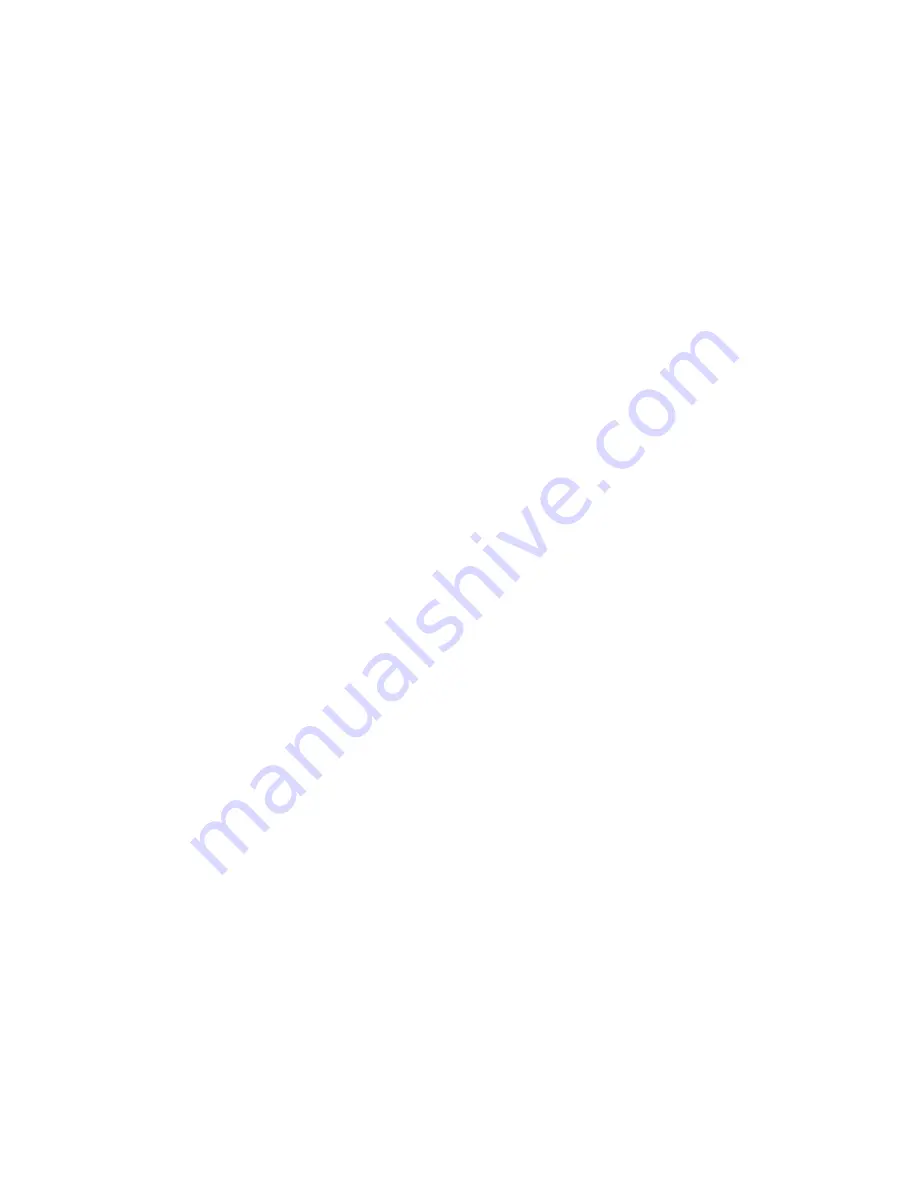
16
quick access to standard positions. Wheels also allow the choice between Polar (normal
arc) and Linear (direct path) movement.
Advanced: Allows you to lock or ‘park’ the position attributes of selected lights.
Also allows you to release recent position changes, or to set a light to its default position
(when hung, typically straight down). Position attributes that are locked are not recorded
into Memories or Cues.
Libraries: Recall custom positions saved using RECORD>Library>Position.
Position Libraries are specific to the lights in use when recording the position. Updating a
Library will automatically update any Cues and Memories that use it.
Joystick: Adjust a light’s position relative to its current position. The further from
center you touch, the quicker the light will move.
Bullseye: Adjust a light’s position relative to its absolute position (typically the
absolute position is pointing straight down or straight ahead).
Shape
Different lights may have different or unique shape abilities, such as gobos, motorized
shutters or focus zoom. The abilities supported by a selected light are automatically
added to the tool bar.
Wheels: Access options for gobos, shutter, lens focus, rotation and other effects.
Advanced. Allows you to lock or ‘park’ the shape attributes of selected lights.
Also allows you to release recent changes, or to set a light its default shape (typically
open). Shape attributes that are locked are not recorded into Memories or Cues.
Libraries: Recall custom shapes saved using RECORD>Library>Shape. Shape
Libraries are specific to the lights in use when recording the shpae. Updating a Library
will automatically update any Cues and Memories that use it.
RECORD – Memory, Cue, Library and Group
RECORD saves complete looks, or specific attribute information, for later recall. The
complete look may be recorded as a Memory or Cue. Attribute information alone may
be recorded as a Library. Or the selected lights may be recorded as a Group.
Memory
Memory saves the current look into a fader. Faders are represented on the touchscreen
by slender rectangles across the top. By default, fader 1 or the next available fader is
selected, as shown by a red outline. Any fader may be chosen by touching it. Once a
fader is selected, the Memory may be labeled, by touching the keyboard icon next to
Name. Or press the Record button twice to automatically record into the next available
Memory fader, using default timings.
Although only 20 faders are shown at one time, up to 400 memory locations are
available in a single Memory Page. Use the Left/Right navigation arrows to access the
additional banks within the page.
By default, two Memory Pages are shown. To add further Memory Pages, to delete
existing Memory Pages, or to rename a Memory Page, touch the More icon at the right
end of the Memory Page bar. The Memory Page Library will be shown. To add a
Содержание cognito
Страница 4: ...4...




























